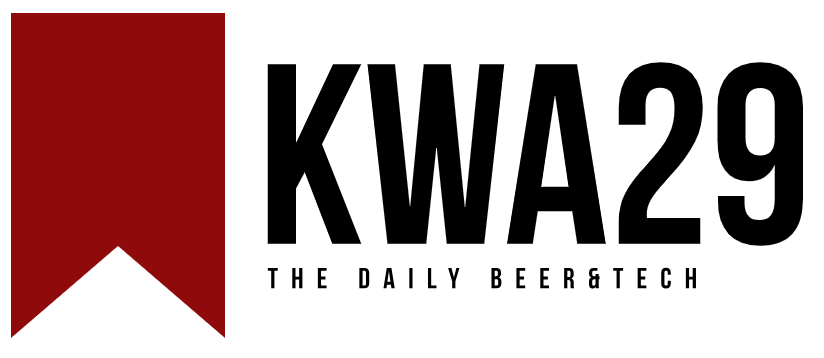Management and Leadership in Software Development

- Introduction to Management Styles
- Discussed the importance of adopting a posture to establish trust.
- Introduced the DISC method (also known as the color method) to better understand and adapt to different styles.
- Understanding DISC Profiles
- The Red: “Dominance”
- Energetic, action-focused, naturally positive, sometimes aggressive, and results-oriented.
- The Yellow: “Influence”
- Focuses on interactions and relationships, generally positive and extroverted.
- The Green: “Steadiness”
- Values consistency, takes responsibilities seriously, struggles with ambiguity.
- The Blue: “Conscientiousness”
- Likes to think before acting, can seem cold or indifferent, prefers written communication.
- The Red: “Dominance”
- Adapting to Different Styles
- Adapting to a RED
- Be prepared, efficient, and concise. Use an authoritative tone.
- Adapting to a YELLOW
- Provide energy, be direct but allow for discussion.
- Adapting to a GREEN
- Take your time, start conversations with small talk, be careful with public recognition.
- Adapting to a BLUE
- Prepare factual elements, details matter, allow space for reflection.
- Adapting to a RED
- Management 3.0 and 4.0
- Discussed the evolution from Management 3.0 to 4.0, focusing on experience vs. context.
- Emphasized the importance of understanding why something is necessary, what to do about it, and how to implement it.
- Effective Communication and Team Dynamics
- Handling Difficult Conversations
- Preparation is key, choose the right moment, start with the decision, and explain why.
- The Five Dysfunctions of a Team
- Explored Lencioni's pyramid of team dysfunctions: lack of trust, fear of confrontation, absence of commitment, avoidance of accountability, and inattention to results.
- Feedback and Coaching
- Discussed best practices for giving feedback and the art of coaching, including the importance of self-awareness and helping others find their path.
- Handling Difficult Conversations
- Personal and Team Development
- Career Ladder and Salaries
- A manager should be a good coach and an agile leader, not just a boss.
- Diversity and Inclusion
- Encouraged playing roles in teams to understand and appreciate diversity.
- Dunning-Kruger Effect
- Addressed overconfidence and the importance of recognizing one's own knowledge limits.
- Career Ladder and Salaries




